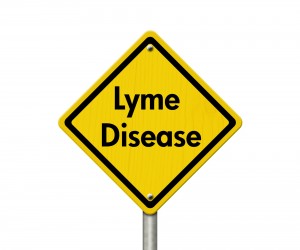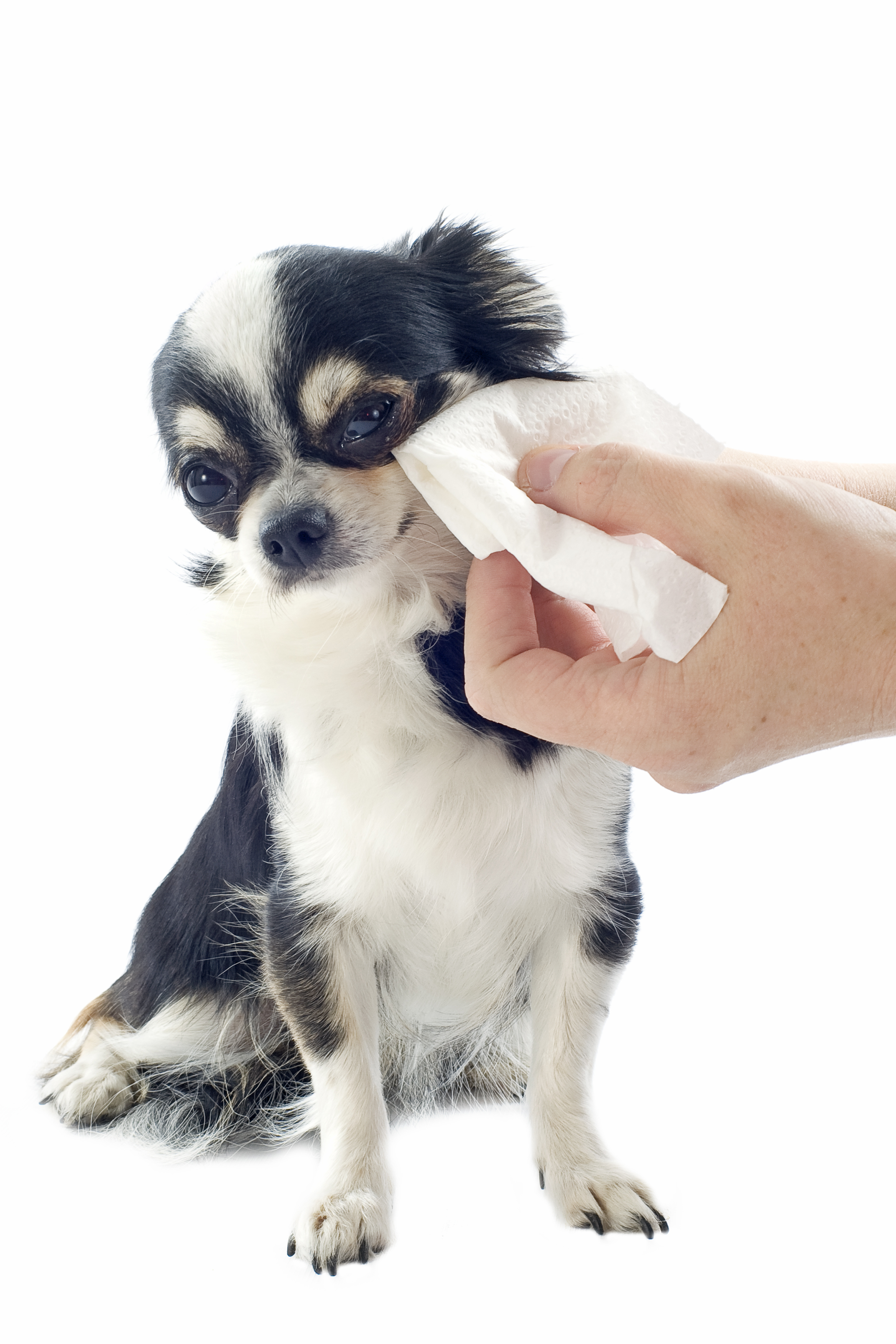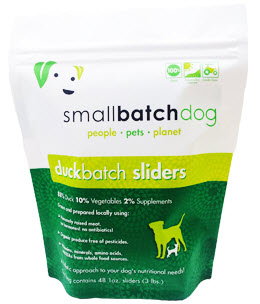Debugging Dogs
Maggie Marton //January 4, 2016//
 Flea and tick control methods have been under scrutiny since media coverage began on the adverse effects resulting from spot-on treatments around 2009. The U.S. Environmental Protection Agency (EPA) assembled a team to evaluate the topical treatments and, in 2010, released new guidelines for labeling the products and for the use of inert ingredients. In most cases, the EPA found that the illnesses and deaths reported by pet owners were most often caused by misuse of the product—incorrect dose, a dog product given to a cat, and so on—rather than the products themselves.
Flea and tick control methods have been under scrutiny since media coverage began on the adverse effects resulting from spot-on treatments around 2009. The U.S. Environmental Protection Agency (EPA) assembled a team to evaluate the topical treatments and, in 2010, released new guidelines for labeling the products and for the use of inert ingredients. In most cases, the EPA found that the illnesses and deaths reported by pet owners were most often caused by misuse of the product—incorrect dose, a dog product given to a cat, and so on—rather than the products themselves.
However, the damage was done, and in succeeding years consumer focus shifted from those products typically available only through a veterinary clinic to those they could purchase from their local pet supply store. The trend became DIY (do-it-yourself) flea and tick management, with emphasis placed on safer methods.
Tick Numbers Ticking Up
Compounding the problem, though, has been an often-overlooked element: climate change. Hotter, wetter weather and prolonged hot seasons have extended the activity of pests like fleas and ticks. Increases in tick infestation and tick-borne illness have driven an expansion in this category.
As climate conditions continue to change, these problems will continue to grow. In fact, Banfield’s State of Pet Health 2014 Report states that “the prevalence of infection with the bacterium that causes Lyme disease has increased by 21 percent since 2009–from 53 cases per 10,000, to 64 cases per 10,000 in 2013. This change corresponds to a similar increase in tick infestation over the same period.”
These increases are geographically segmented as well as divided by costumer type. For example, large dogs are affected more often than smaller dogs—most likely because they spend more time outdoors with their owners than their tiny counterparts. Understanding the risk factors in your area can go a long way in helping you choose which products to stock.
An Ounce of Prevention
Preventative approaches are still the best-selling methods of flea and tick control, and many consumers continue to look for topical treatments. Now that a wide array is available as over-the-counter solutions, it is good to choose to stock a selection that will appeal to those traditional shoppers.
However, organizations like the Natural Resources Defense Council are arguing to have common flea and tick active ingredients like propoxur and tetrachlorvinphos removed from the market. Now is the time to start finding alternative products to fill out your shelves so you have options available to concerned consumers or if the EPA ultimately bans or further regulates topicals.
One potential “bridge” product might be Sentry’s Natural Defense Flea & Tick Squeeze-On for Dogs. It’s a topical, spot-on product that will feel comfortable to consumers who are used to that type of application, but it contains natural active ingredients like peppermint oil, cinnamon oil, lemongrass oil and thyme oil.
Dog owners interested in a natural approach seek alternatives to topical spot-on products. A simple solution is a specially designed tweezer. There is some evidence that prompt and proper removal of a tick might lessen the occurrence of infection from tick-borne diseases—a problem that affects humans as well as pets. TickEase is a dual sided tool with thin-tipped tweezers that are ideal for removing small ticks at one end, and a slotted scoop designed for removing larger ticks at the other.
“The TickEase tool is the only dual sided remover that allows you to completely remove ticks of any size from people and pets,” said inventor Dan Wolff. “And complete removal is highly recommended.”
A number of natural products is available, like Pet Naturals of Vermont’s Flea + Tick Spray for Dogs & Cats, which is a natural product comprised of oils from sustainable sources. The active ingredients include lemongrass oil, cinnamon oil, sesame oil and castor oil. For around the home, another option is Vet’s Best Natural Flea + Tick Home Spray, which uses peppermint oil and clove extract to kill fleas and flea eggs on contact.
Dr. Mercola offers three natural flea and tick control options. First, Dr. Mercola Natural Flea and Tick Defense contains a formula of natural oils from the Amazon rainforest that works as a pest repellant for dogs and cats. Unlike monthly topical treatments, consumers must be advised that the product requires application every two or three days. A product that does provide monthly coverage is the Spot On Topical Herbal Repellent For Dogs & Puppies. Lastly, for pet owners who are accustomed to a flea and tick collar, the Herbal Repellent Collar works against fleas, ticks and mosquitoes.
This segment of products faces a potentially drastic shift in landscape due to both environmental factors and regulatory changes. Understanding the flea and tick risks in your geography, while providing a range of traditional and alternative options, will drive success in this category.



















